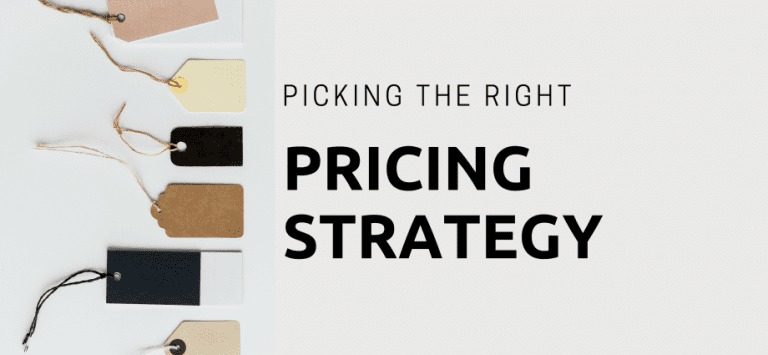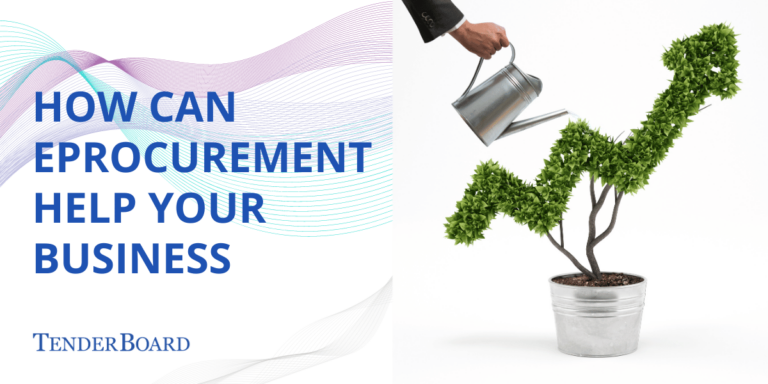4 most common types of procurement document and what does each entail?
What is a procurement document or sourcing request?
Before we start talking about the specific types of sourcing requests, let’s take a step back and examine the tendering process.
By now, you probably would already know that the tender process involves three broad steps:
1. Pre-qualification Questionnaire (PQQ): A process in which the buyer screens sellers to find the best ones for the contract job.
2. Invitation to tender (ITT): The stage where those who were identified as qualified and potential suppliers compete to provide the best offers to the buyers. The criteria are also a lot stricter than those in PQQs.
3. Contract award: Buyers assess the offers provided and award the contract to the seller they deem most suitable for the job.
But where does the sourcing request come in?
A sourcing request can basically be made at any of these stages when the buyer, aka the business that puts out the tender, needs specific pieces of information or documents from the sellers.
Let’s take a look at the four most common types of these procurement documents, shall we?
1. Request for information (RFI)
It is used when buyers try to find out about products, services or suppliers that are new to them. Typically, this sourcing request serves as a clear way for buyers to communicate with their suppliers. It informs the suppliers about the objectives of the request, as well as the type and depth of the information the buyer is asking for.
The type of information to an RFI requires from sellers depends on the goal of the RFI itself. RFIs are meant to be casual and open-ended. They will typically be used by the buyer to craft specifications for a more formal request later on, should they choose to proceed with the purchase.
For instance, if a buyer puts out an RFI to identify potential service providers, these are some of the types of information you will typically expect to find on the request itself:
• Detailed description of the project
• SOP for subsequent distribution of RFPs
• What type of documents suppliers should provide to the buyers
• How to submit the documents requested by the buyers
• General pricing information
Stage(s) of sourcing request an RFI is in: PQQ Objective of the Sellers: To provide the buyer with the information they need. This is also a great opportunity for sellers to create a positive impression of themselves in the eyes of the buyer and establish a great initial connection.
2. Request for proposal (RFP)
An RFP is more formal than an RFI. It’s typically used when the buyer has a clear idea of the problem they wish to solve and is willing to let the supplier recommend a solution(s).
The buyer typically has the intention of purchasing a solution but might require multiple rounds of clarifications due to the greater variability in potential solutions. These sourcing requests are mostly made by government agencies for complex projects. Think SMRT issuing a request for contractors to help build a new MRT station.
The information provided in RFPs are generally similar to those provided in RFIs. These include a detailed description of the project, proposal evaluation criteria, as well as follow-up steps following the submission of the information.
Given the fact that government agencies are involved in public affairs and administration of the state, it is a must that they issue only RFPs and be open and fair in the process.
Stage(s) of sourcing request an RFP is in: ITT Objective of the Sellers: Providing the buyer with a full and detailed proposal on how they intend to execute the project.
3. Request for quotation (RFQ)
An RFQ is also known as an invitation for bid (IFB). An organisation issues an RFQ when they want suppliers to submit quotations for the project the tender is for. The buyer would have a clear idea of the specifications for the solution that they are looking for and is looking for the most cost-effective solution.
While price points remain the main factor that influences the buyer’s decision, factors such as supplier reputation and good-to-have features may play a part as well.
Notably, these sourcing requests are only issued to companies that the buyer trusts.
Stage(s) of sourcing request an RFP is in: ITT Objective of the Sellers: Providing a detailed quota for your services.
4. Request for Tender (RFT)
RFTs or ITTs tend to be highly formal sourcing requests and are more common in the public procurement space. It is also typically used for high-value procurements, where the extra effort spent in running a tender can often result in significant cost avoidance later on. These tenders tend to be complex.
A lot of times, buyers who put out RFTs are putting a request out there just to follow protocol. In reality, they may already know who they want to offer the tender to because the options are just so limited.
Take the airlines industry for example. Other than Boeing, are there really any other manufacturers out that you would trust with manufacturing vehicles that carry humans several thousand feet into the air?
Notably, buyers who put our RFTs do not necessarily have to announce who was offered the project. This depends on the buyer’s compliance policy.
Stage(s) of sourcing request an RFP is in: ITT Objective of the Sellers: Providing the buyer with a full and detailed proposal on how they intend to execute the project.
So, which procurement document should you put out?
To be honest, only you know have the answer to that question. The best type of sourcing request for your business depends on your business problems. If you have a highly complex business problem, perhaps an RFT is the best type of request you should make.
Meanwhile, if you are working for a government agency, then the RFQ is probably better for you.
Conclusion
We hope that we have provided you with an in-depth and clear explanation what each of the types of sourcing requests are for!
We’ve also prepared other useful resources that offers you more helpful tips about the topic.
If you are looking to call for tenders or want to be a supplier, do not hesitate to contact us today!













